Related Research Articles

Treaty ports were the port cities in China and Japan that were opened to foreign trade mainly by the unequal treaties forced upon them by Western powers, as well as cities in Korea opened up similarly by the Japanese Empire.

Amy Lawrence Lowell was an American poet of the imagist school, which promoted a return to classical values. She posthumously won the Pulitzer Prize for Poetry in 1926.
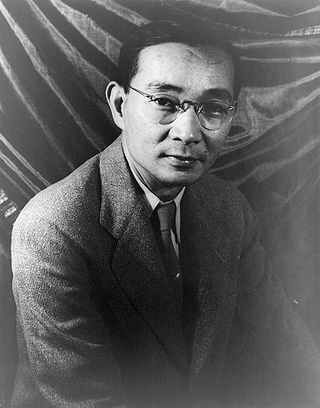
Lin Yutang was a Chinese inventor, linguist, novelist, philosopher, and translator. His informal but polished style in both Chinese and English made him one of the most influential writers of his generation, and his compilations and translations of classic Chinese texts into English were bestsellers in the West.
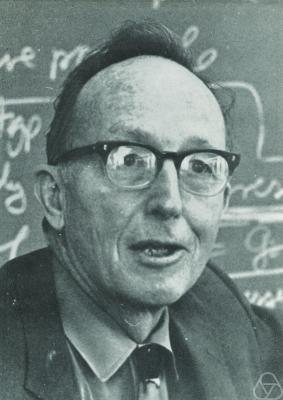
Saunders Mac Lane was an American mathematician who co-founded category theory with Samuel Eilenberg.

Edgar Parks Snow was an American journalist known for his books and articles on Communism in China and the Chinese Communist revolution. He was the first Western journalist to give an account of the history of the Chinese Communist Party following the Long March, and he was also the first Western journalist to interview many of its leaders, including Mao Zedong. He is best known for his book, Red Star Over China (1937), an account of the Chinese Communist movement from its foundation until the late 1930s.
John King Fairbank was an American historian of China and United States–China relations. He taught at Harvard University from 1936 until his retirement in 1977. He is credited with building the field of China studies in the United States after World War II with his organizational ability, his mentorship of students, support of fellow scholars, and formulation of basic concepts to be tested.

The Chinese Maritime Customs Service was a Chinese governmental tax collection agency and information service from its founding in 1854 until it split in 1949 into services operating in the Republic of China on Taiwan, and in the People's Republic of China. From its foundation in 1854 until the collapse of the Qing dynasty in 1911, the agency was known as the Imperial Maritime Customs Service.
History of foreign relations of China covers diplomatic, military, political and economic relations in History of China from 1800 to the modern era. For the earlier period see Foreign relations of imperial China, and for the current foreign relations of China see Foreign relations of China.

Chen Hansheng, also known as Chen Han-seng and Geoffrey Chen, was a Chinese historian, sociologist and social activist considered a pioneer of modern Chinese social science. He was an underground spy for the Communist International, and active as a member of Richard Sorge's Tokyo ring that gathered intelligence for the Soviet Union on Japanese war plans. His prolific scholarship used innovative Marxist analysis that influenced both Chinese and international understandings of China's village economy and industrial structure. His biographer called him "China's last romantic revolutionary."
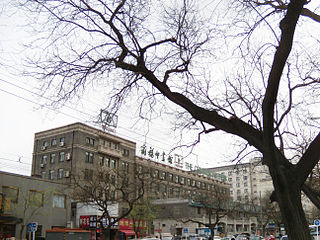
The Commercial Press is the first modern publishing organisation in China.
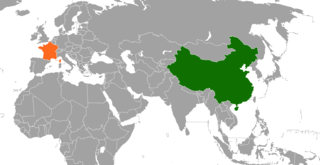
China–France relations, also known as Franco-Chinese relations or Sino-French relations, are the interstate relations between China and France.
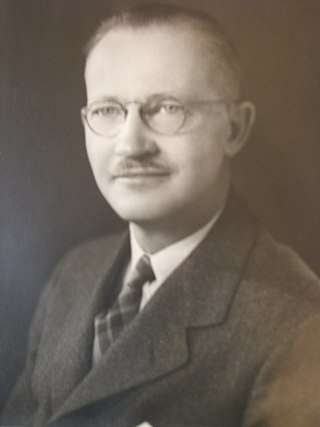
Ernest Batson Price was an American diplomat, university professor, military officer, and businessman. He spent over twenty years in China and witnessed first-hand warlord power struggles, the growth of Japanese militarism, America's post-war diplomacy, China's civil war, and the profound social change that followed. As a result of this first-hand experience, Price was one of America's foremost authorities on Chinese language, culture, and politics from the early nineteen twenties through the mid nineteen fifties.

Wheelock and Company Limited is a Hong Kong-based financial real estate company. It was listed as #1249 on the Forbes 2000 list.

Florence Violet McKenzie, affectionately known as "Mrs Mac", was Australia's first female electrical engineer, founder of the Women's Emergency Signalling Corps (WESC) and lifelong promoter for technical education for women. She campaigned successfully to have some of her female trainees accepted into the all-male Navy, thereby originating the Women's Royal Australian Naval Service (WRANS). Some 12,000 servicemen passed through her signal instruction school in Sydney, acquiring skill in Morse code and visual signalling.
Hosea Ballou Morse was a Canadian-born American British customs official and historian of China. He served in the Chinese Imperial Maritime Custom Service from 1874 to 1908, but is best known for his scholarly publications after his retirement, most prominently The International Relations of the Chinese Empire, a three volume chronicle of the relations of the Qing dynasty with Western countries, and The Chronicles of the East India Company Trading to China, 1635–1834.
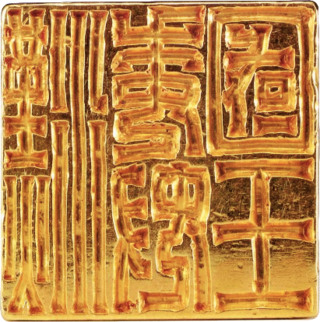
The history of China–Japan relations share a long history dating back thousands of years through trade, cultural exchanges, friendships, and conflicts. Japan has deep historical and cultural ties with China; cultural contacts throughout its history has strongly influenced the nation – including its writing system architecture, cuisine, culture, literature, religion, philosophy, and law.
Paul A. Varg was an American historian. He was a leading scholar in the field of U.S. foreign relations. The historical subject of China was one of particular interest to Varg.
Donald Frederick Lach was an American historian based as a professor in the Department of History at the University of Chicago. He was an authority on Asian influence in the European civilization during the sixteenth through the eighteenth centuries.
Florence Ayscough MacNair was a sinologist, writer and translator of Chinese literature.

Lucille Douglass was an American painter, etcher, and lecturer. She traveled in, depicted and spoke about Cambodia and China. In 1928 Douglass was described by the New York Evening Post as "one of America's best known painters and etchers". Her works are included in the Metropolitan Museum of Art, the Birmingham Museum of Art and the British Museum, among others.
References
- Price, Maurice T. (1948), "Harley Farnsworth Macnair (July 22, 1891-June 22, 1947)", The Far Eastern Quarterly, 8 (1): 45–63, doi:10.2307/2049482, JSTOR 2049482, S2CID 162750020
- Shavit, David (1990). "MacNair, Harley F.". The United States in Asia: A Historical Dictionary. New York: Greenwood Press. p. 328. ISBN 031326788X.